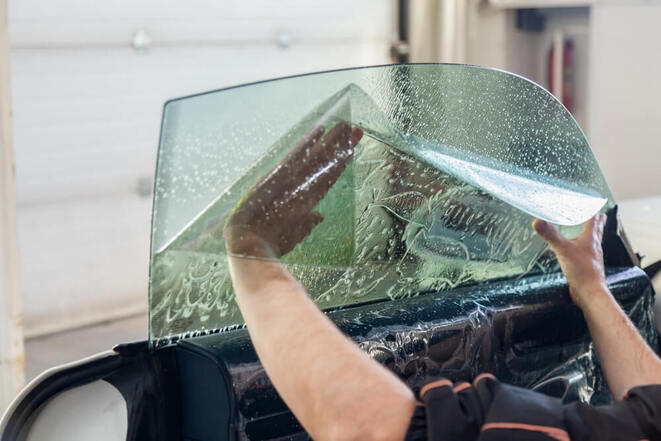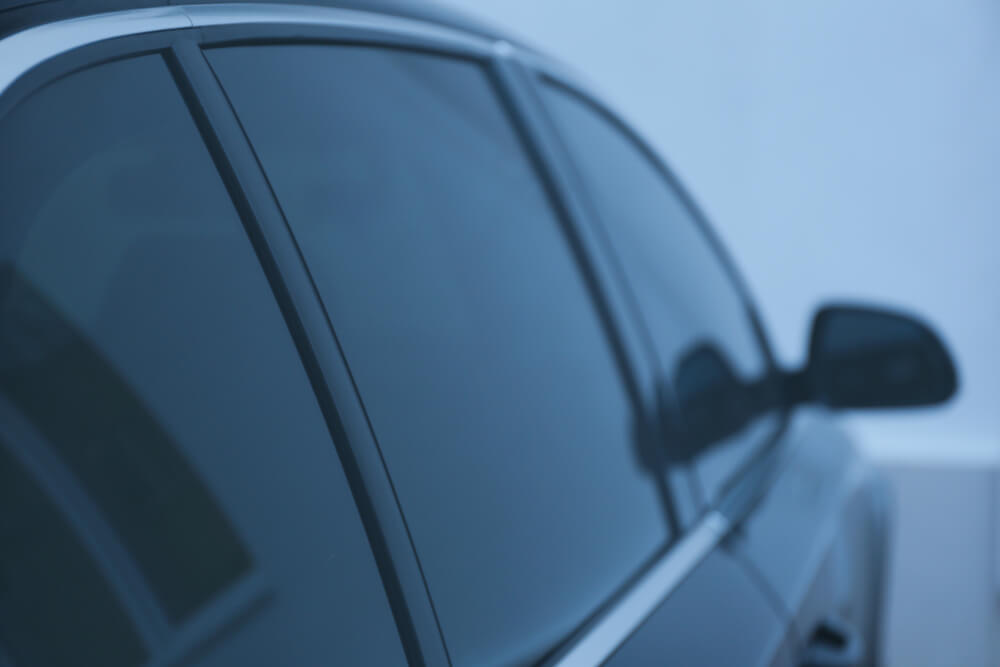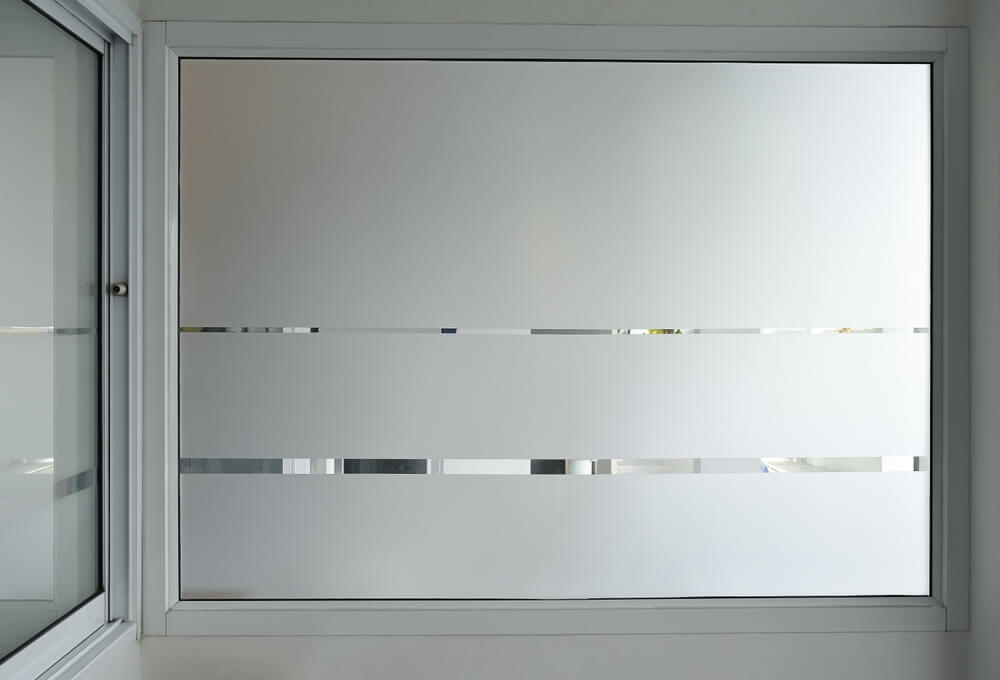Window Tinting for Carmel IN
|
Nothing is worse than getting into a hot car when it is sweltering outside. It seems that no matter how high the air conditioner is running, your car doesn't cool off and the heat is unbearable. Carmel Window Tinting has the solution in window films designed to not only look good on your car, but keep you cool too! A better yet, you DON'T have to put Limo tint on your car to get it to work amazingly. Reasons to Consider Window Tinting From DT Services' Carmel Window TintingPeople install window tint to their vehicles for multiple reasons...
One reason is to reduce the amount of glare they experience while driving. Nothing is worse than having the sun blind you as you drive. Another reason is window tinting can block out harmful rays from the sun like Ultraviolet rays that are a leading cause of skin cancers. Ultraviolet rays also can destroy your car's interior, turning colors lighter and damaging leather. Then there is the advantage of privacy. Darker windows makes your driving experience more private and keeps people from "creeping" on you and your children. A lot of fathers like this feature of window tinting, especially when their daughters go off to college. Another great reason to have window tinting installed is it enhances your vehicle's appearance. Dark windows on a vehicle just LOOKS cool! Finally, adding the right window tinting - like a ceramic film - can make things cooler and more comfortable for you and those traveling with you by reducing the load on your vehicle's air conditioning system. This then enhances its effectiveness and cools down the car's interior faster. Why Choose DT Services' Carmel Window Tinting ServiceChoosing a professional window tint shop like DT Services Window Tinting to tint your car has many advantages...
1. Professional window tinting shops are experienced in all aspects of installing and removing window tinting on any kind of glass, and we are no exception. We are highly trained and educated to know all aspects of the process and can avoid nightmare scenarios that can damage your vehicle. 2. Our professional window tinting service only uses high grade window tint films that provide the best protection and performance (think HEAT rejection) than off the shelf films sold in your local auto parts stores. 3. Because we are a professional window tinting shop, we carry more than just one type of window film. This allows you a wide range of choices to accommodate nearly any look and feel you are trying to achieve while at the same time addressing the exact amount of heat rejection you expect from the film. We Offer ONLY Heat Management Films |
All Our Films Have Lifetime WarrantiesServices We Don't Offer Are:Auto Glass Repair,
Windshield Repair and replacement, Commercial, or Home Window Tinting, Detailing Services |
DT Services Carmel Window Tinting - The Process
Window tinting is usually installed by first laying a polyester film that has been treated with ultraviolet inhibitors on the outside of the glass and carefully creating a pattern from the window. Advanced window tinting shops like DT Services Window Tinting uses a computerized cutting system with software that is specifically designed for your vehicle make, model, and year. We call up your vehicle, click on the pattern to cut, send the command to the plotter and the computer cuts the film for your exact windows. We NEVER cut on your car! The result is quick, and precise.
After the film has been custom cut to fit the glass, the inside of the window is carefully and completely cleaned so there is a clean surface to install the film to. A slip solution is then sprayed onto the surface of the window to allow the installer to slide the window tinting film into place. Then, using a squeegee made especially for this installation process, the installer removes the slip solution and the film begins to tack to the glass surface.
After a dry out period - lasting a few hours in the summer, or a few days in the winter - the new window film becomes part of the glass and can only be removed by a qualified professional to avoid damage to the glass.
Window tinting is usually installed by first laying a polyester film that has been treated with ultraviolet inhibitors on the outside of the glass and carefully creating a pattern from the window. Advanced window tinting shops like DT Services Window Tinting uses a computerized cutting system with software that is specifically designed for your vehicle make, model, and year. We call up your vehicle, click on the pattern to cut, send the command to the plotter and the computer cuts the film for your exact windows. We NEVER cut on your car! The result is quick, and precise.
After the film has been custom cut to fit the glass, the inside of the window is carefully and completely cleaned so there is a clean surface to install the film to. A slip solution is then sprayed onto the surface of the window to allow the installer to slide the window tinting film into place. Then, using a squeegee made especially for this installation process, the installer removes the slip solution and the film begins to tack to the glass surface.
After a dry out period - lasting a few hours in the summer, or a few days in the winter - the new window film becomes part of the glass and can only be removed by a qualified professional to avoid damage to the glass.
The Different Kinds of Window Tinting Films
Mirrored Film
|
Privacy Film
|
Decorative Film
|
There are actually several different types of window tint film available on the market today. Each window film has its own unique properties and performance abilities for different applications from automotive installations to commercial and home installations. Most of these films are constructed to tame the harmful effects of the sun, from reducing damage from Ultraviolet rays, to reducing heat and increasing comfort. Here are few common types of window films available...
Standard window tinting film: This is the most basic type of window tinting (also known as dyed window tinting) and is designed to reduce glare and block out UV rays. Typically, these films are added to only enhance the appearance of a vehicle and do very little in controlling the sun's Infrared, temperature increasing rays.
Standard window tinting film: This is the most basic type of window tinting (also known as dyed window tinting) and is designed to reduce glare and block out UV rays. Typically, these films are added to only enhance the appearance of a vehicle and do very little in controlling the sun's Infrared, temperature increasing rays.
- Reflective window tint film: Made with a reflective coating on the surface of the film, reflective films are able to reflect some of the sun's energy away from the vehicle or building. This serves to reduce the amount of heat transmitted through the glass and can make the interior of the vehicle more comfortable on hot days. These films lost their popularity due to the introduction of Nano Ceramic window tinting in recent years because these newer films have the look of a traditional dyed film without causing signal loss and RF interference of reflective films while blocking a significant amount of IR heat. Also, most jurisdictions in the US have banned the use of reflective films on vehicles.
- Privacy film: This film is purposely designed to make it difficult to see into the vehicle from the outside. Using a dark dye, this film blocks the view of prying eyes, but allows the occupants to see out. Popular with people who want to keep the contents of their vehicle private, and with people who live in areas with a high crime rate. These films are generally restricted by law, so it is advisable to check your local laws before requesting a privacy film for your vehicle.
- Decorative window tinting: This type of window tinting is used to enhance the appearance of a building or office. It can be used to create patterns or designs on the windows, or to create a mirrored effect that makes the windows appear reflective. This film is popular in offices and storefronts.
- Security window tinting: Much like hurricane shutters, this type of tinting is designed to provide extra protection for the windows of a vehicle, building or home. It is typically made from a very thick, durable film that is difficult to break or cut through. Popular in areas of intense weather and storms and for government vehicles used for diplomats and dignitaries. This can help to prevent break-ins and can also provide extra protection in case of an accident or a terrorist attack. A similar film is used to protect the United States Constitution housed in the National Archives Museum located in Washington DC.
- Nano Ceramic window tinting: Newer technology that embeds nano particles of titanium nitride into a clear polyester film and colored with micro-encapsulation. This type of window tinting is able to block out a significant amount of IR heat and UV rays while maintaining the look of a standard dyed window tint film
- Sputtered Films: This is a type of film uses a physical vapor deposition (PVD) process in which a polyester film is bombarded with ions, causing it to break down into smaller nano sized particles which become a vapor. This vapor is then deposited onto a film, creating a thin coating. In the case of nano ceramic window tinting films, the target material is a ceramic compound, and the resulting coating is a layer of ultra-fine ceramic particles that are highly heat reflective and able to block out a significant amount of IR and UV rays. This type of window tinting film is highly effective at reducing both glare and heat, and is also resistant to fading and damage from the sun.
Are There Laws Regulating Window Tinting on Vehicles?
Yes, there are laws regulating the amount of window tinting that is allowed on vehicles in every state of the U.S. These laws specify the maximum amount of light that is allowed to pass through the vehicle windows, as well as the minimum amount of visibility that is required for the driver be able to see out while operating the vehicle.
Exact laws vary from state to state, so it's important to check with your local authorities to know what is allowed in your area. Most laws allow for a certain amount of tinting on the front and back windows of a vehicle, while all restrict or prohibit tinting on the front windshield. Some states allow extra dark window tinting only with a medical exemption or waiver that must be kept with the vehicle at all times when operated.
Indiana allows a medical exemption as well as 30% light transmission on the front two doors and rear glass. This law is what is referred to as a "NET" law, meaning the glass and window film applied to it must measure no more less than 30% light transmission when metered with a light transmission device
Exact laws vary from state to state, so it's important to check with your local authorities to know what is allowed in your area. Most laws allow for a certain amount of tinting on the front and back windows of a vehicle, while all restrict or prohibit tinting on the front windshield. Some states allow extra dark window tinting only with a medical exemption or waiver that must be kept with the vehicle at all times when operated.
Indiana allows a medical exemption as well as 30% light transmission on the front two doors and rear glass. This law is what is referred to as a "NET" law, meaning the glass and window film applied to it must measure no more less than 30% light transmission when metered with a light transmission device






















